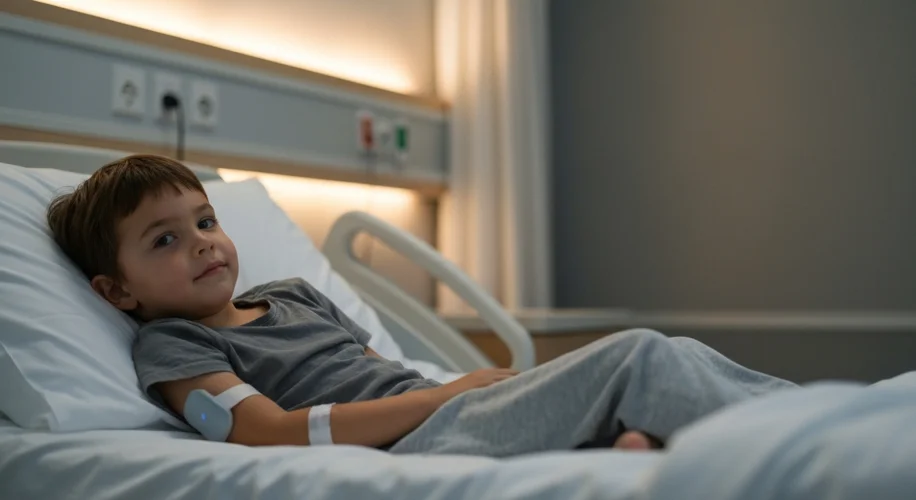It’s amazing how technology is stepping in to help our youngest patients. When a child undergoes surgery, the recovery period is a crucial time. Keeping a close eye on them for any signs of complications is paramount. Today, I want to talk about how wearable devices are becoming a silent, vigilant guardian for children recovering from surgery.
Did you know that post-surgical complications, while not always common, can sometimes be subtle and hard to detect in the early stages, especially in young children who can’t always articulate how they’re feeling? This is where the innovation in wearable technology truly shines.
These aren’t just your typical fitness trackers. We’re talking about specialized devices, often integrated into comfortable clothing or worn as small, discreet patches, designed to continuously monitor vital signs. Think about things like heart rate, respiratory rate, body temperature, and even oxygen saturation levels. These are all key indicators of how a child’s body is responding to surgery and healing.
How it Works on the Ground
Imagine a child who has had a routine procedure. Instead of solely relying on periodic checks by nurses, a wearable device can provide a constant stream of data. If there’s a sudden spike in heart rate, a drop in oxygen, or an unusual pattern in breathing, the system can flag it immediately. This early alert allows healthcare providers to intervene much faster.
This early detection is critical. For example, a slight fever or an elevated heart rate might be dismissed as normal recovery fluctuations. However, a continuous monitoring system can identify a concerning trend that might otherwise be missed until a more formal check-up. This could mean catching an infection or other issues before they become serious.
The Impact on Recovery
What does this mean for the child and their family? It means greater peace of mind and potentially shorter hospital stays. Early intervention can prevent complications from escalating, leading to a smoother and quicker recovery. It also frees up healthcare professionals to focus on other critical tasks, knowing that continuous monitoring is in place.
This application of technology is a fantastic example of how science and engineering can directly improve patient outcomes. It’s about using smart tools to provide better, more responsive care, especially for vulnerable populations like children.
It’s a journey of continuous improvement, and seeing technology play such a vital role in pediatric care is incredibly encouraging. It shows a commitment to leveraging innovation for the well-being of our future generations.

